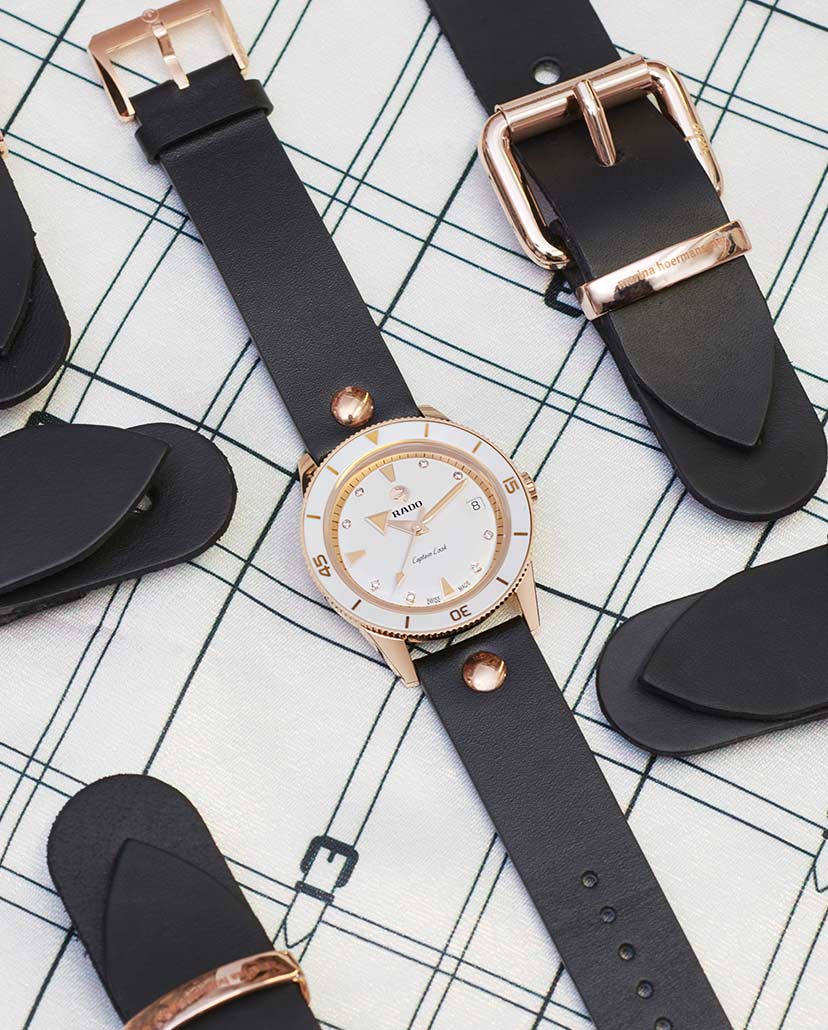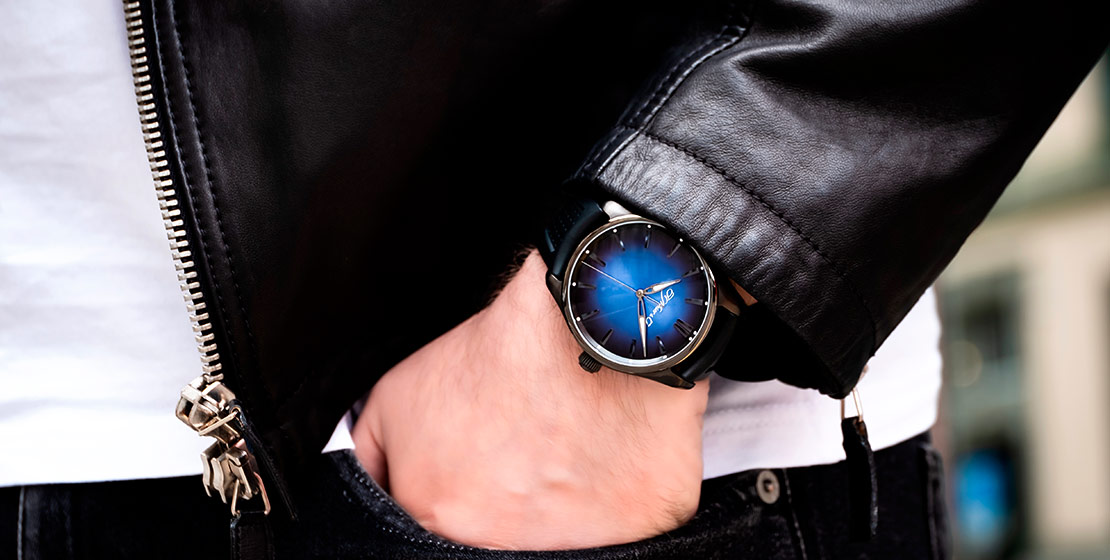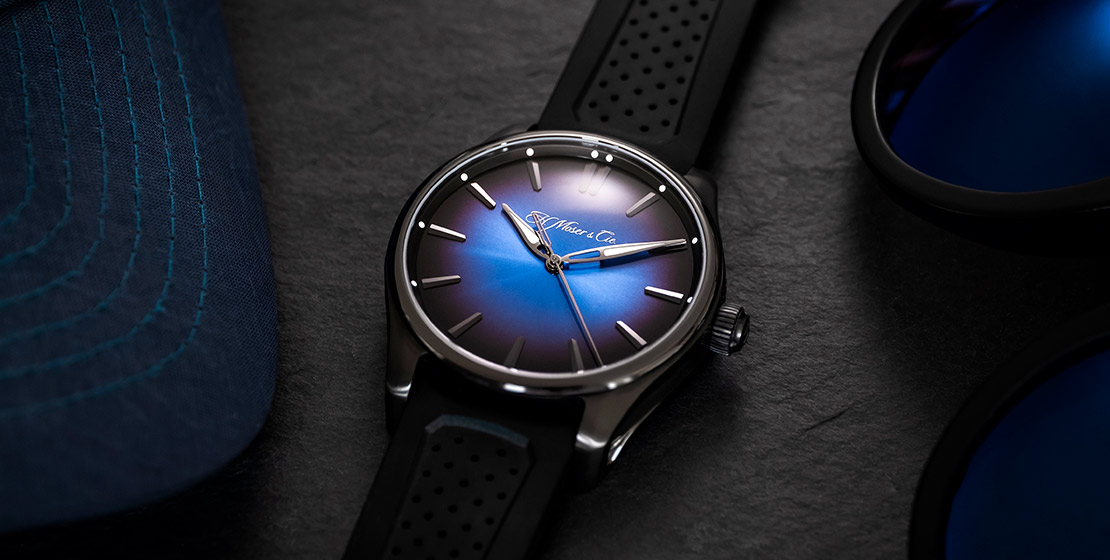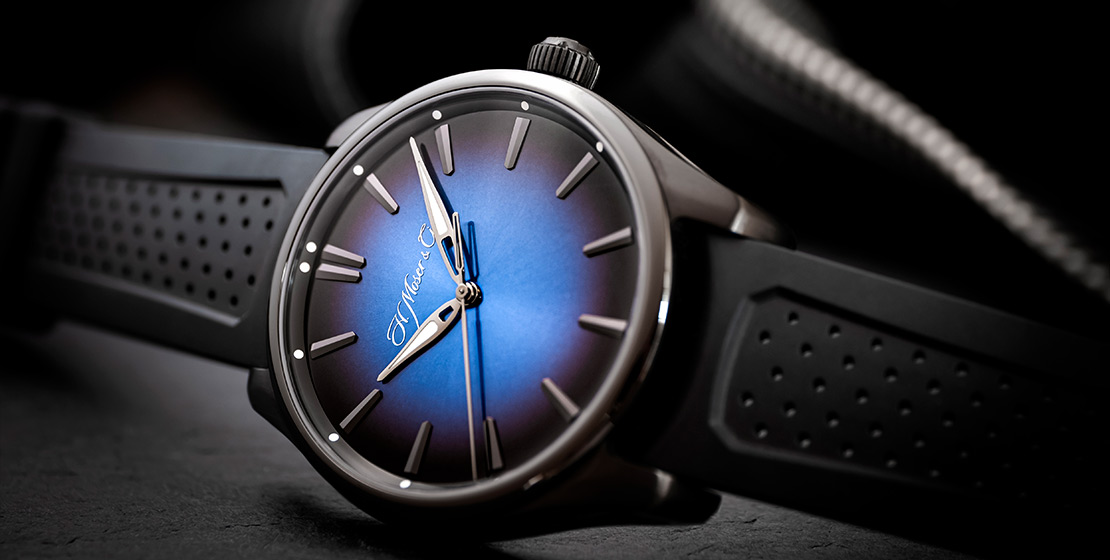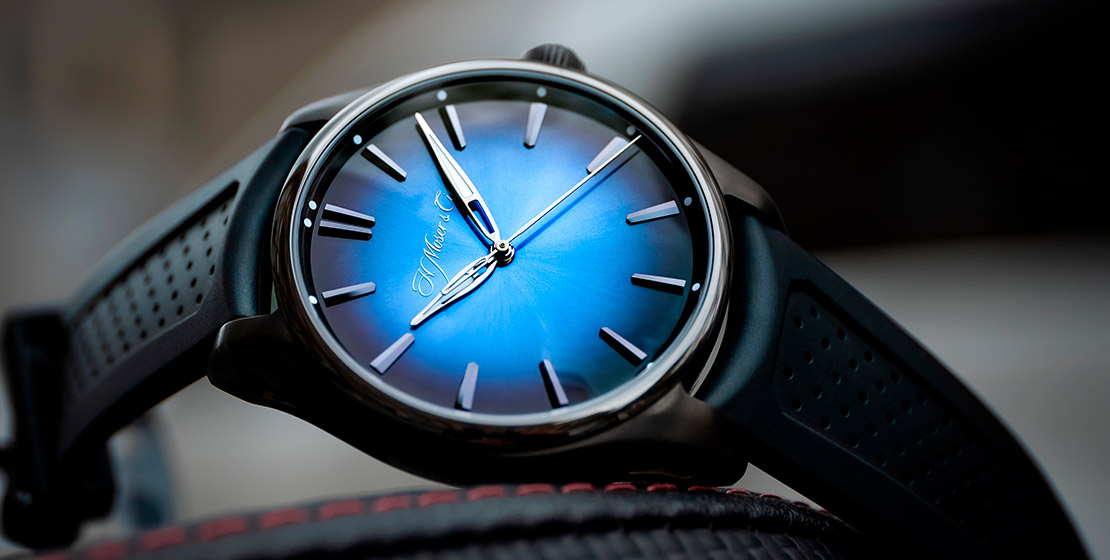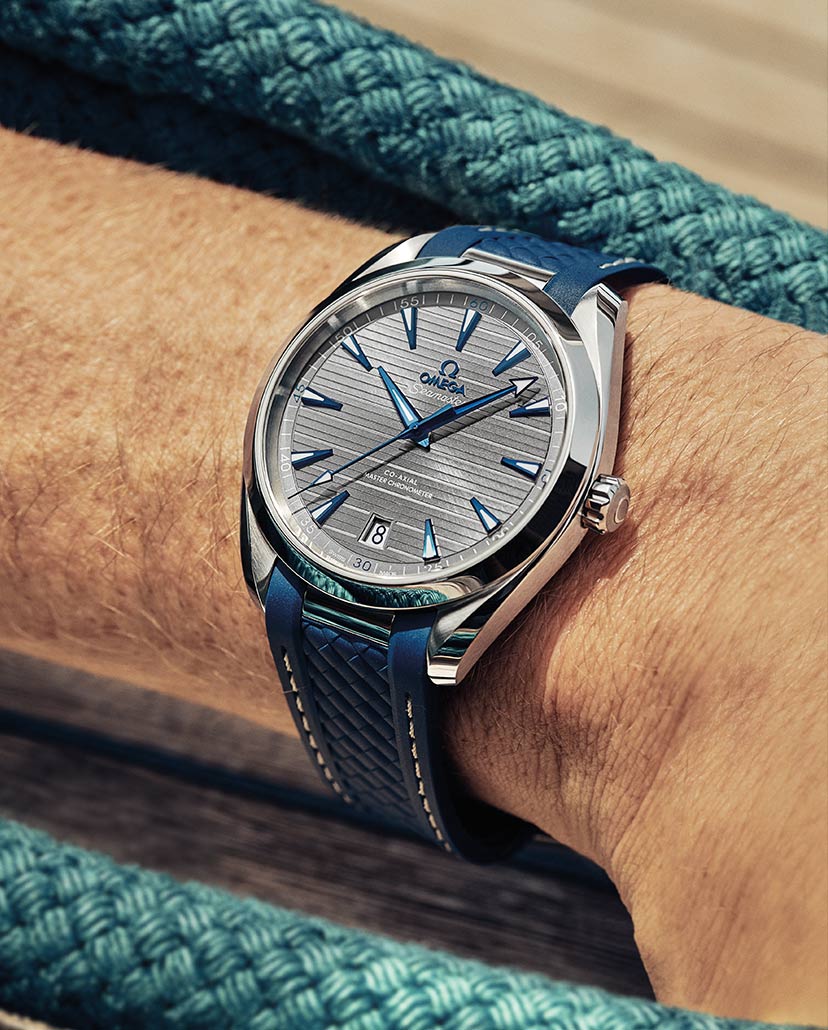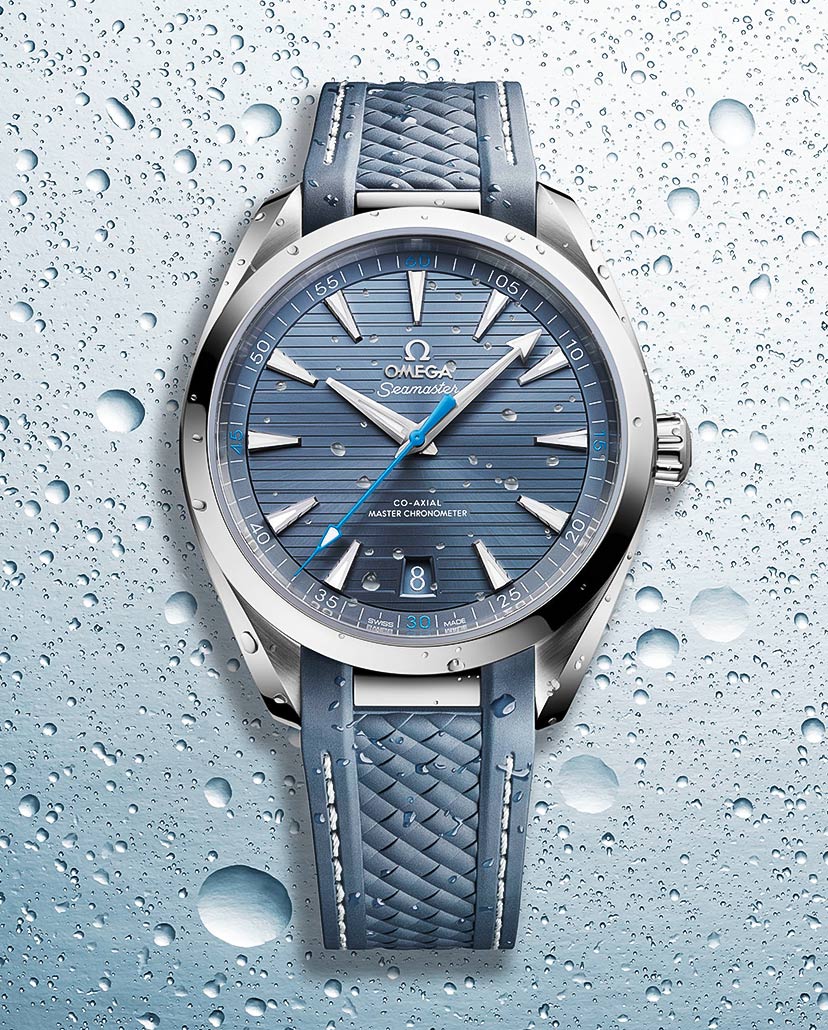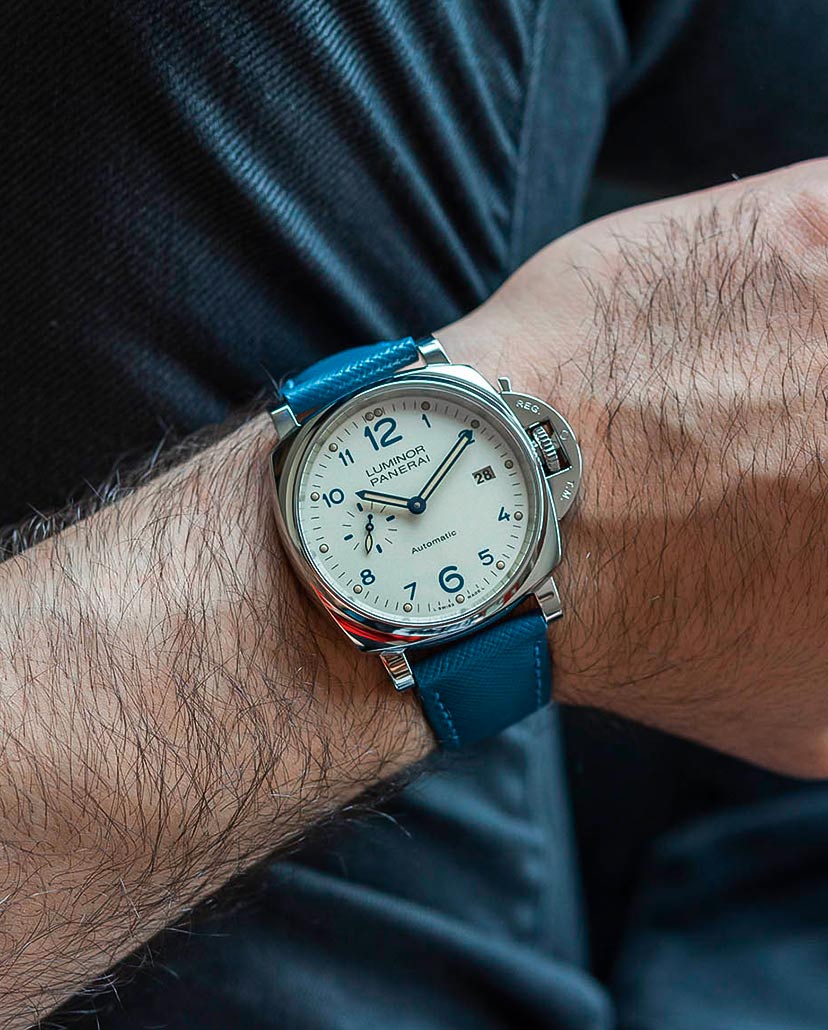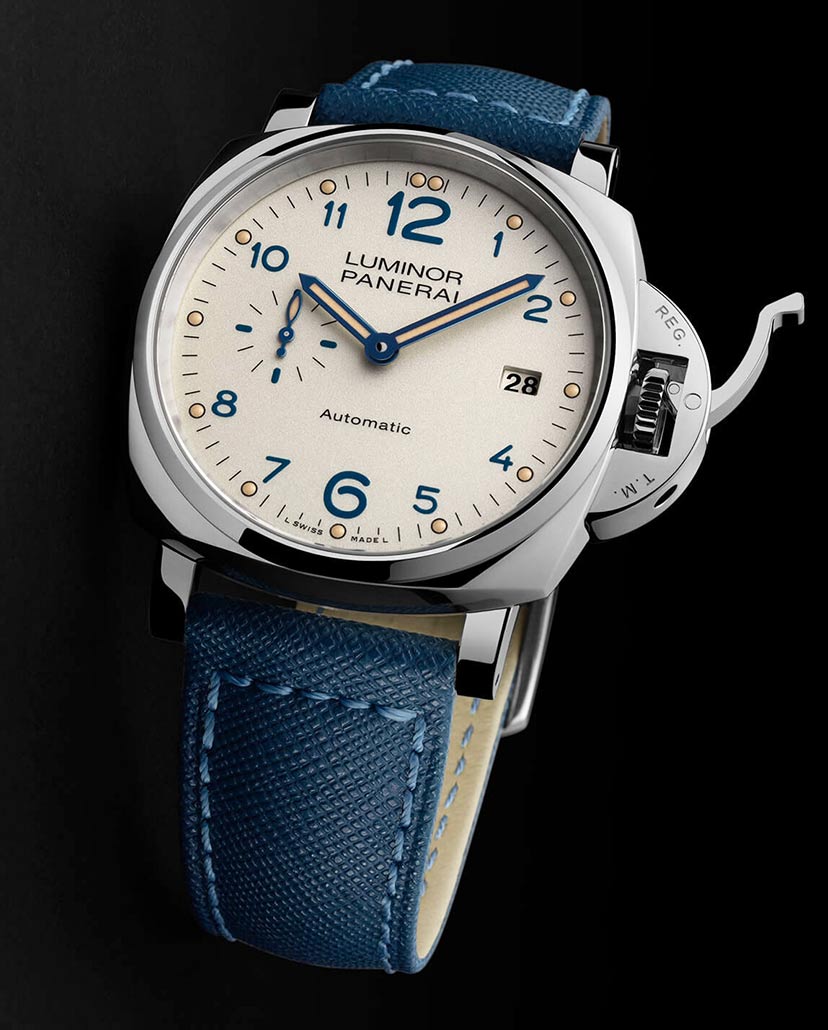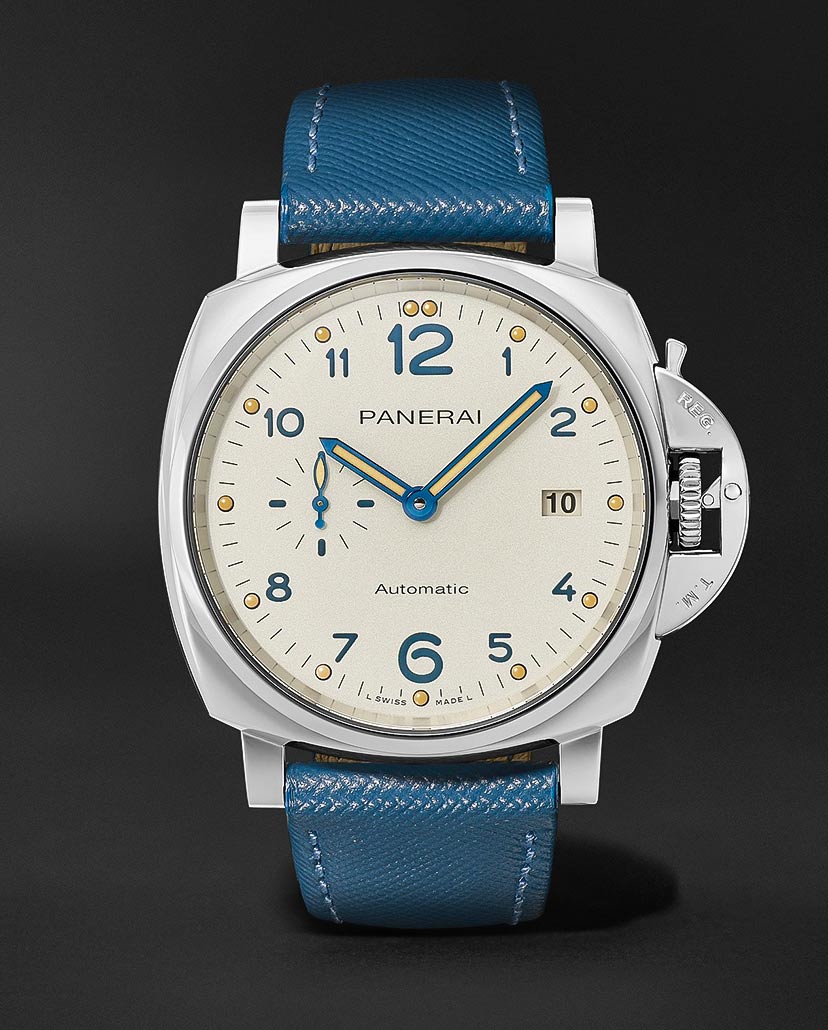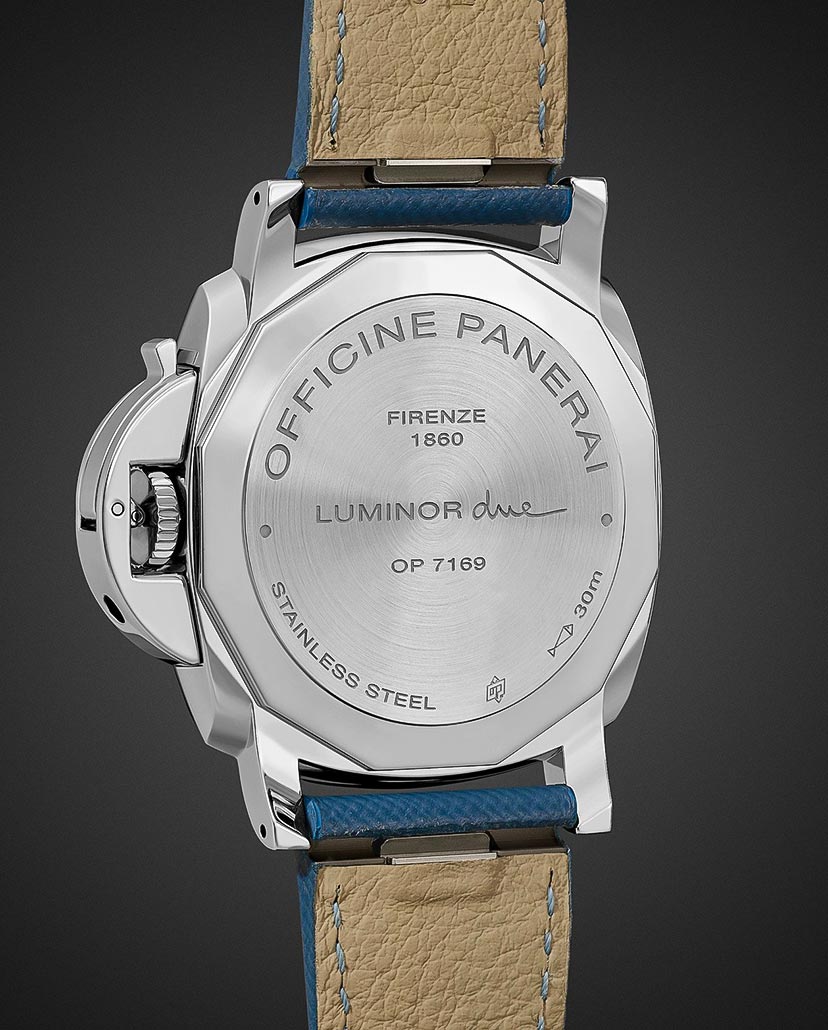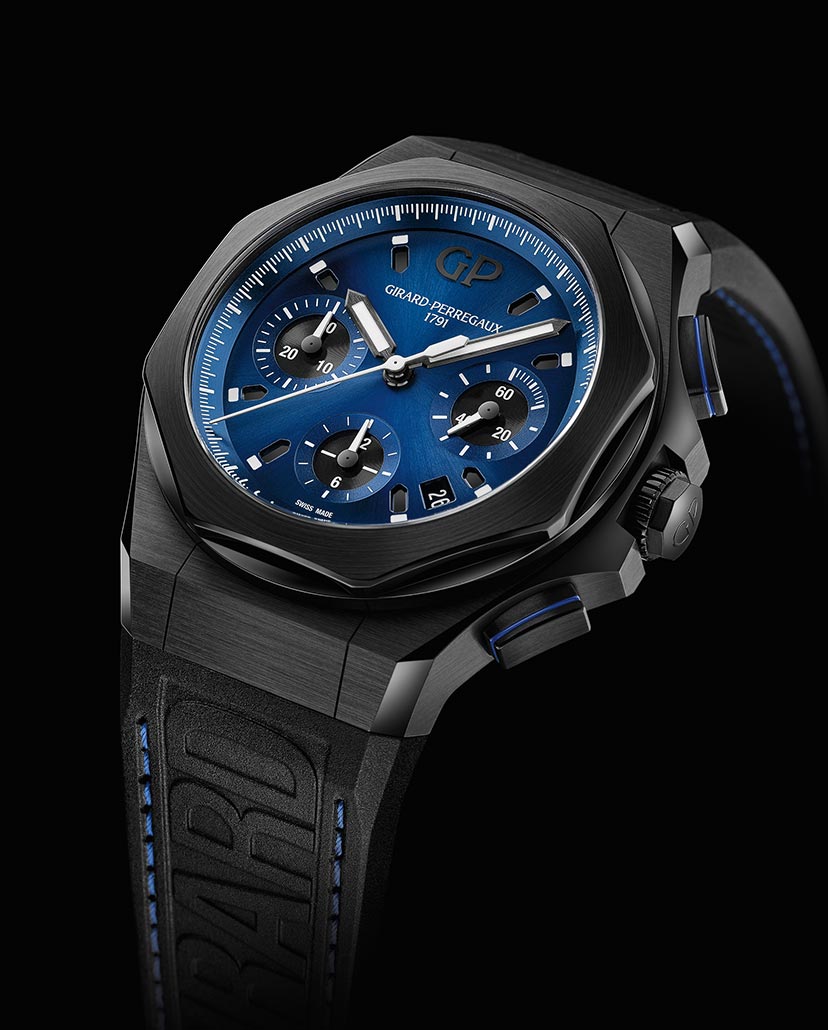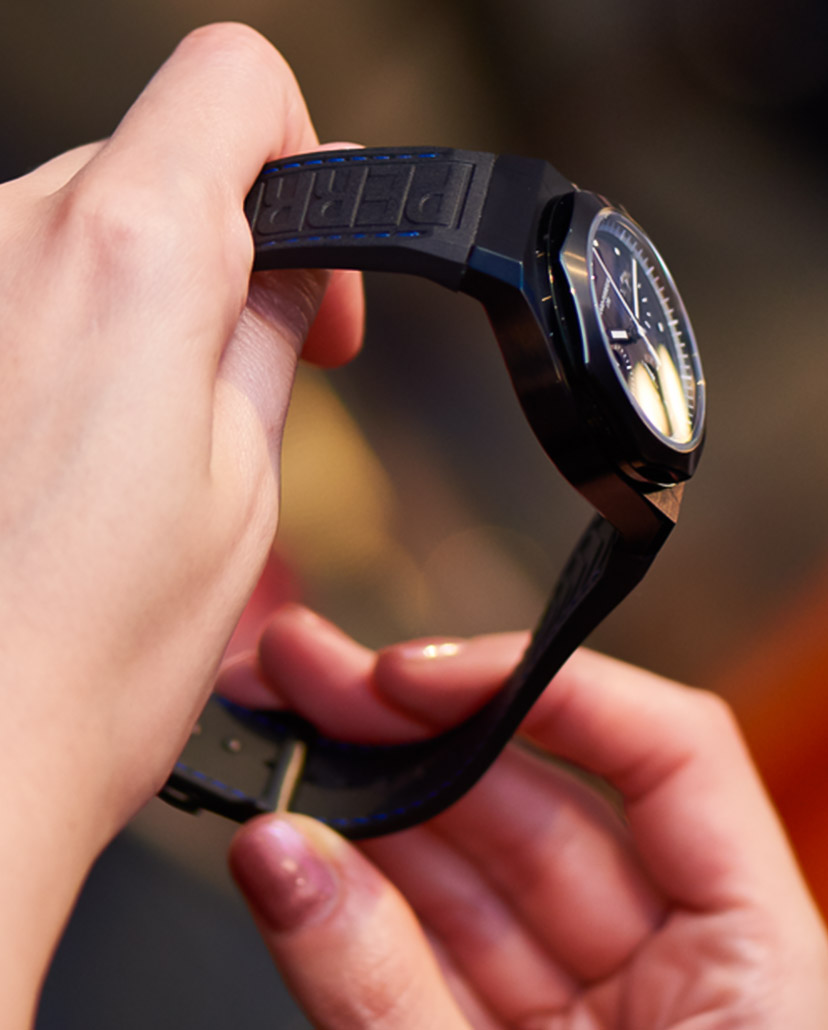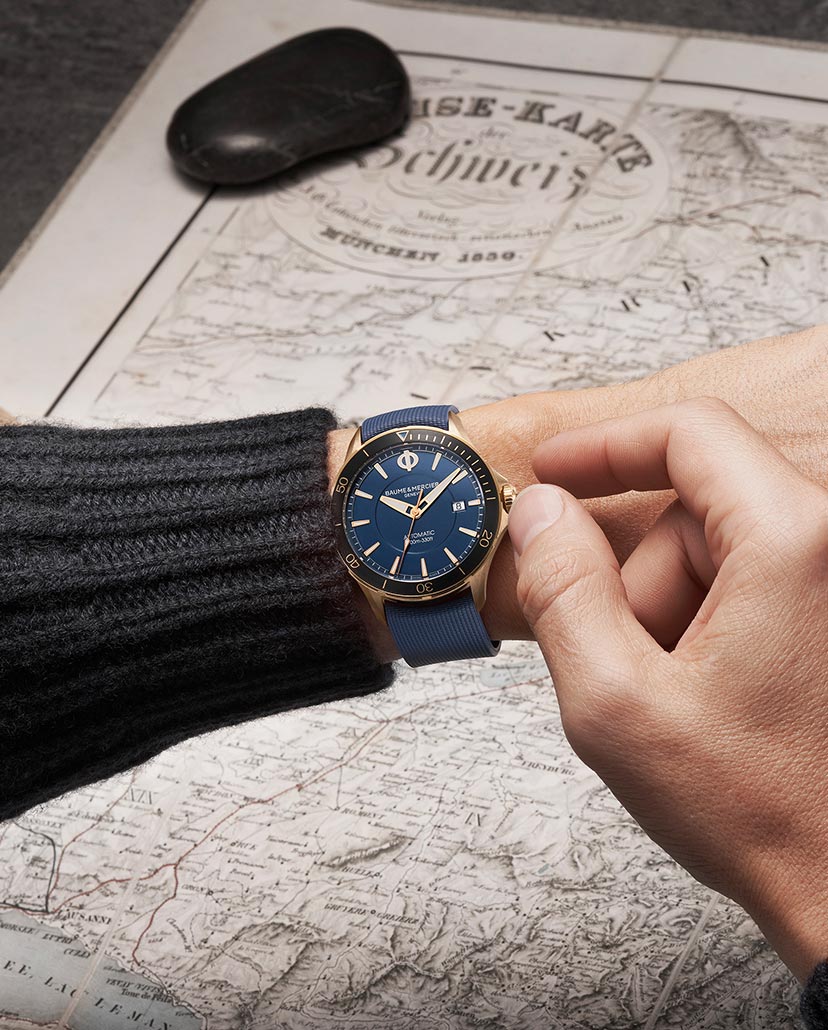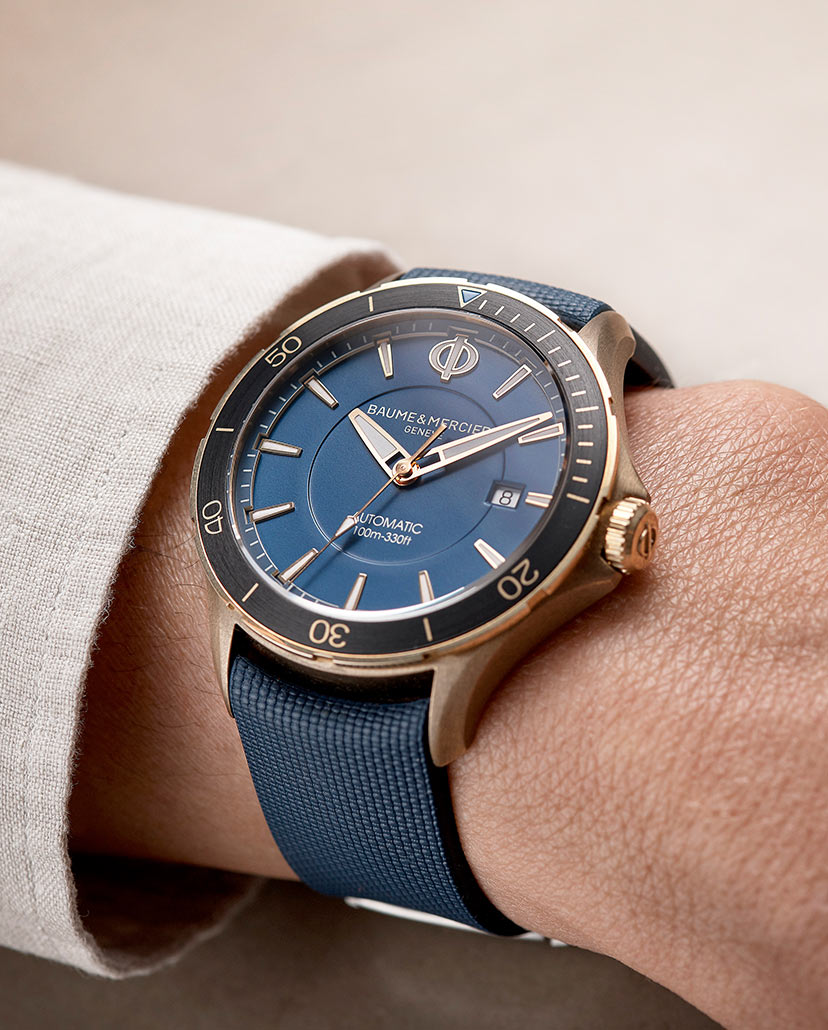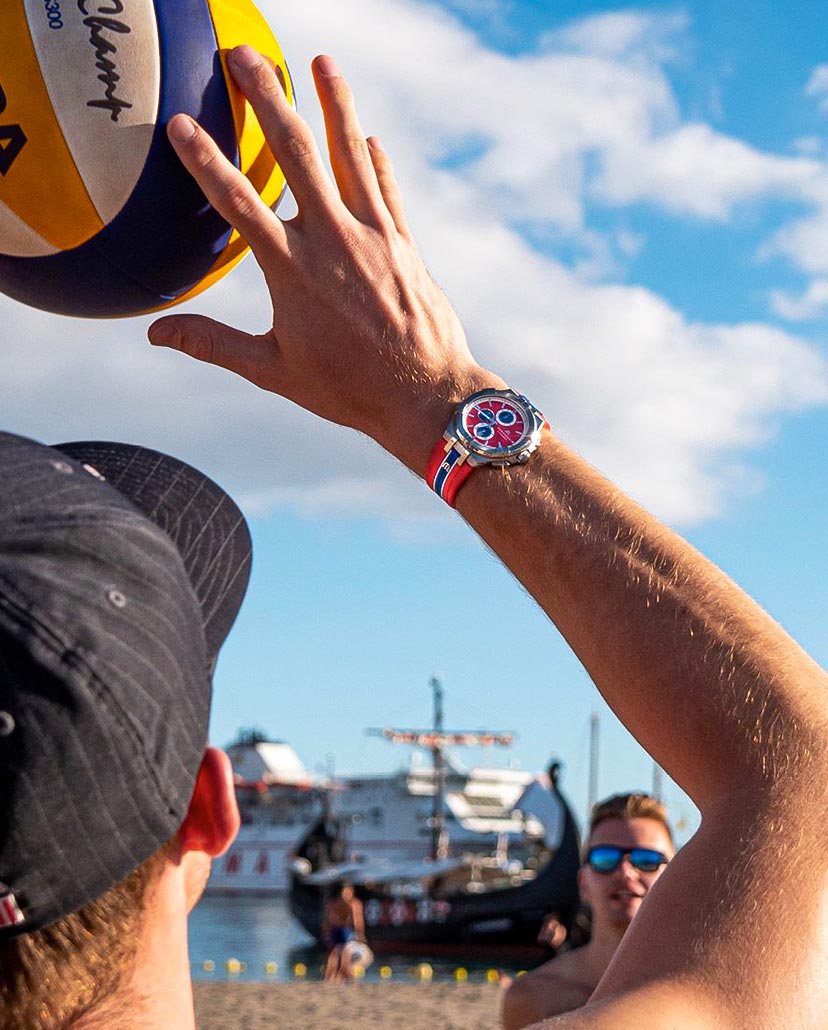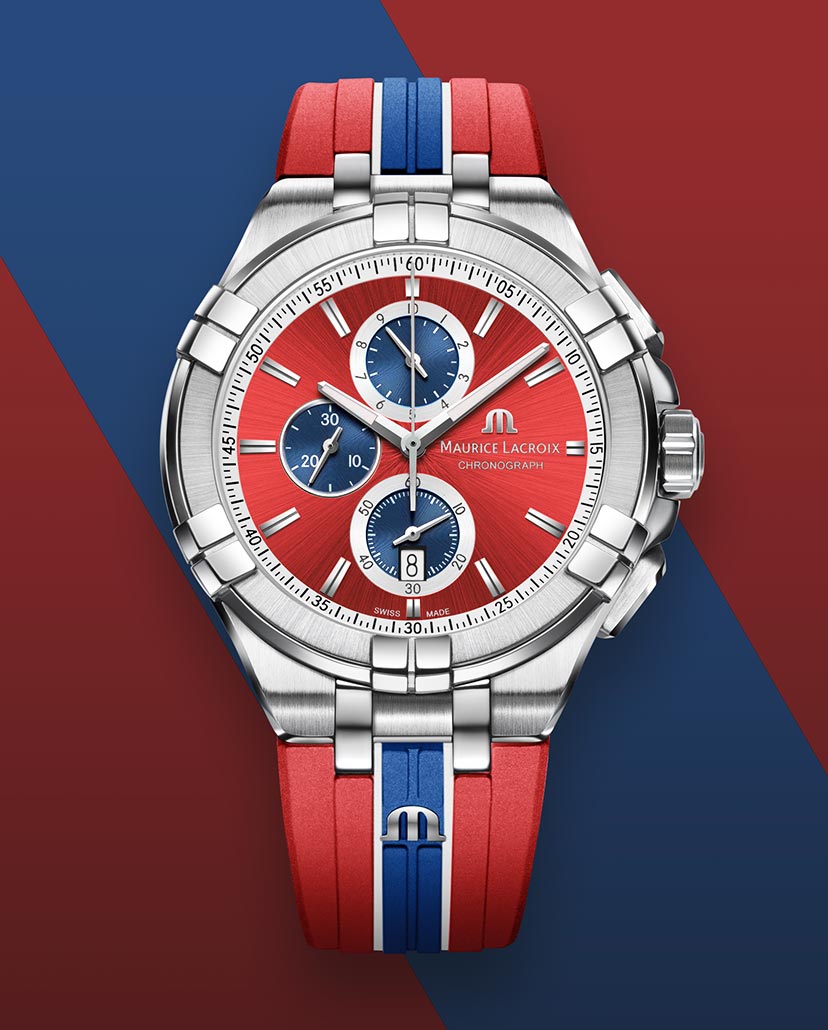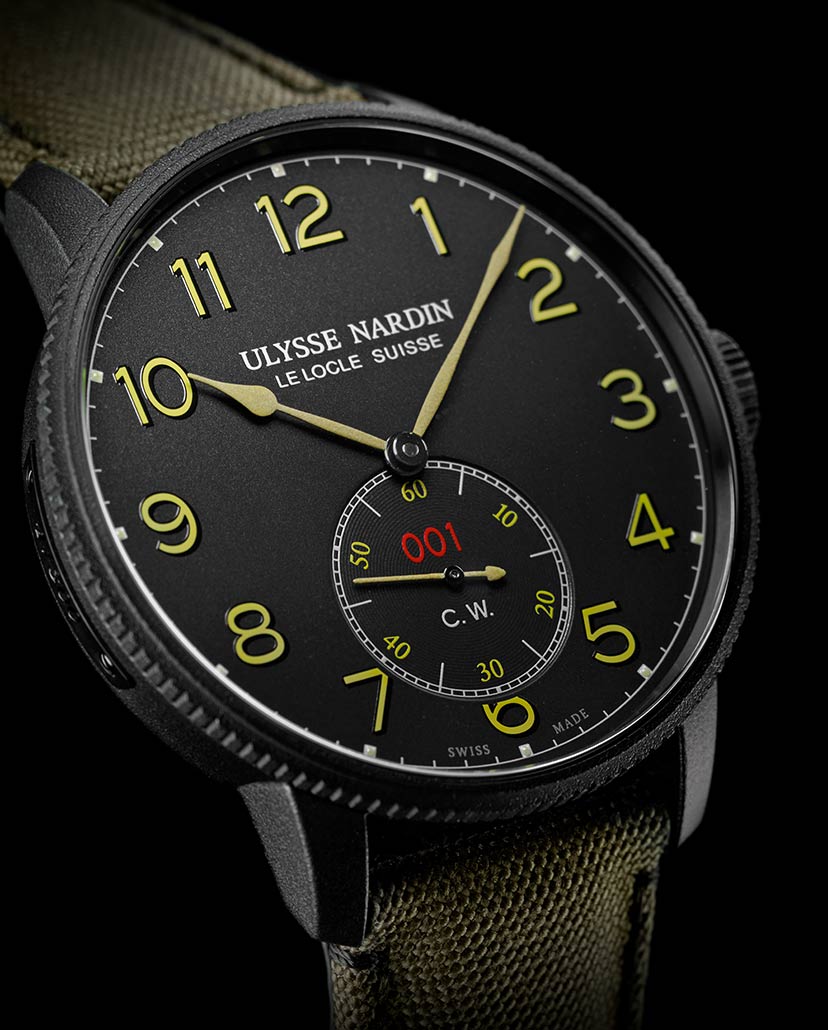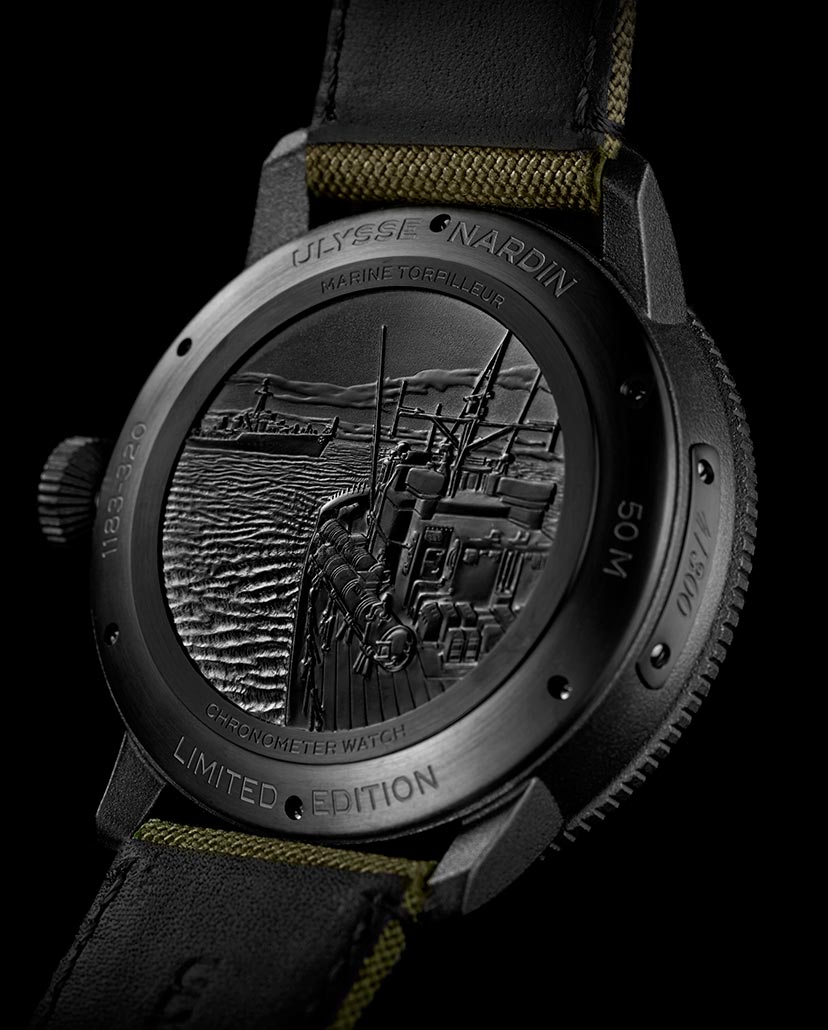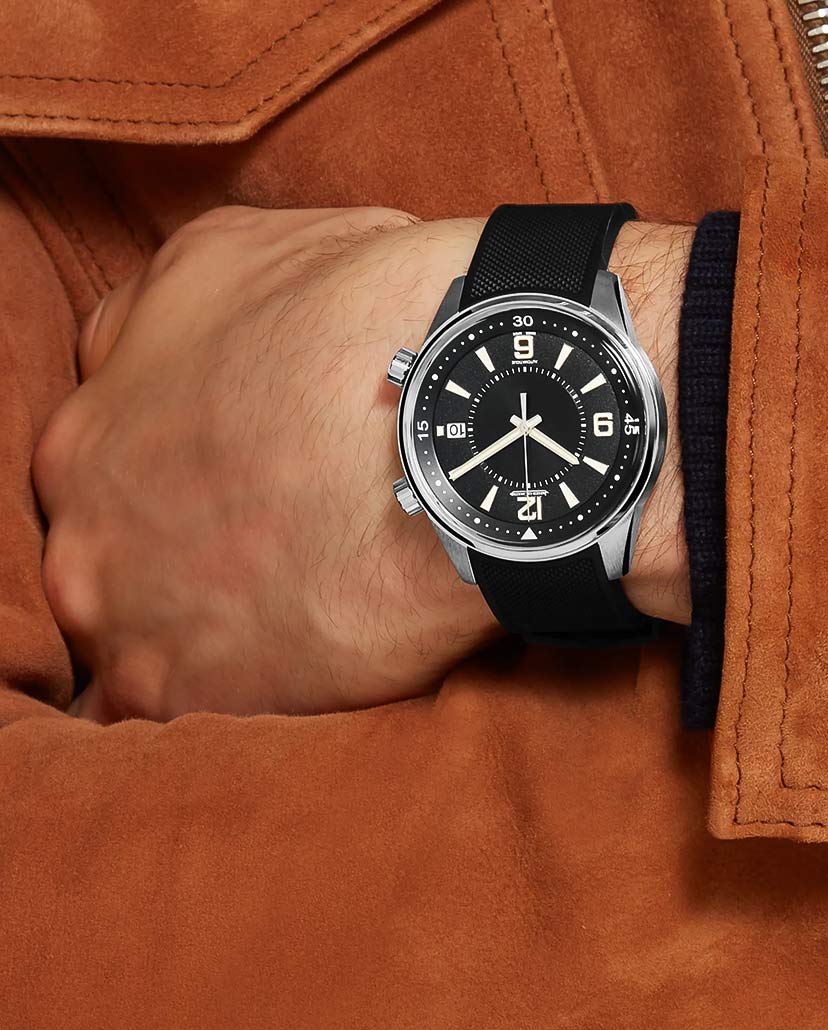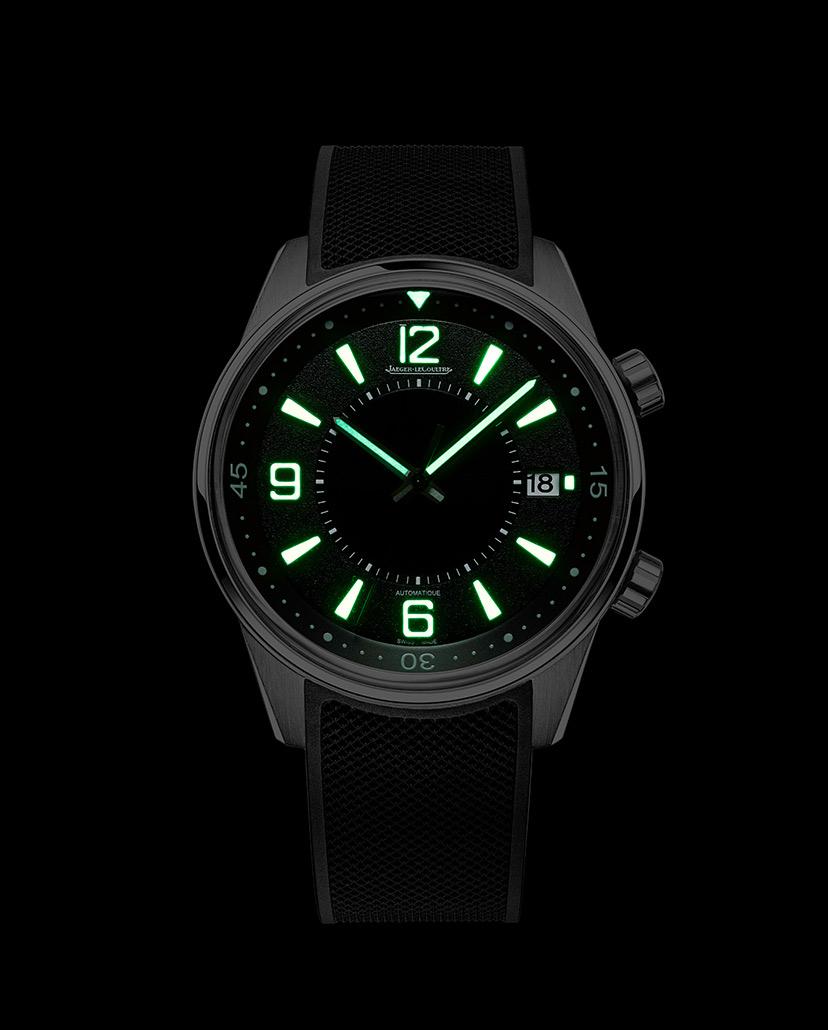FeatureA New Wave: Here’s How Athleisure Timepieces Are Transforming The Traditional Sports Watch Landscape
Gone are the days when one only relied on professional instruments or sports watches to time outdoor activity. The lines are getting blurred as more and more brands are now focusing on wearability, outstanding design, coupled with exceptional performance, to offer watches that are suited to our daily lifestyles… Yes, athleisure has made inroads into the watchmaking space, and is here to stay
May We Recommend
Since last year, as the COVID-19 pandemic has unleashed unprecedented challenges on mankind accompanied by a constant shadow of grief and anxiety; humans have only been grappling to adapt to the ‘new normal’. With lockdowns and travel restrictions in place, work-from-home has become a reality for most, while those weekend plans with friends, which one mostly took for granted—now seem like a distant reality. It’s almost bizarre that one can now attend online meetings in a basic T-shirt and sweatpants; throw in a hoodie if you’re in the mood for something fancy—a combination that would have been blasphemous, two years ago. But everyone realises the umpteen challenges when one is juggling personal and professional fronts from within the confines of one’s home—all while trying to stay afloat between the several waves that the pandemic has subjected us to.
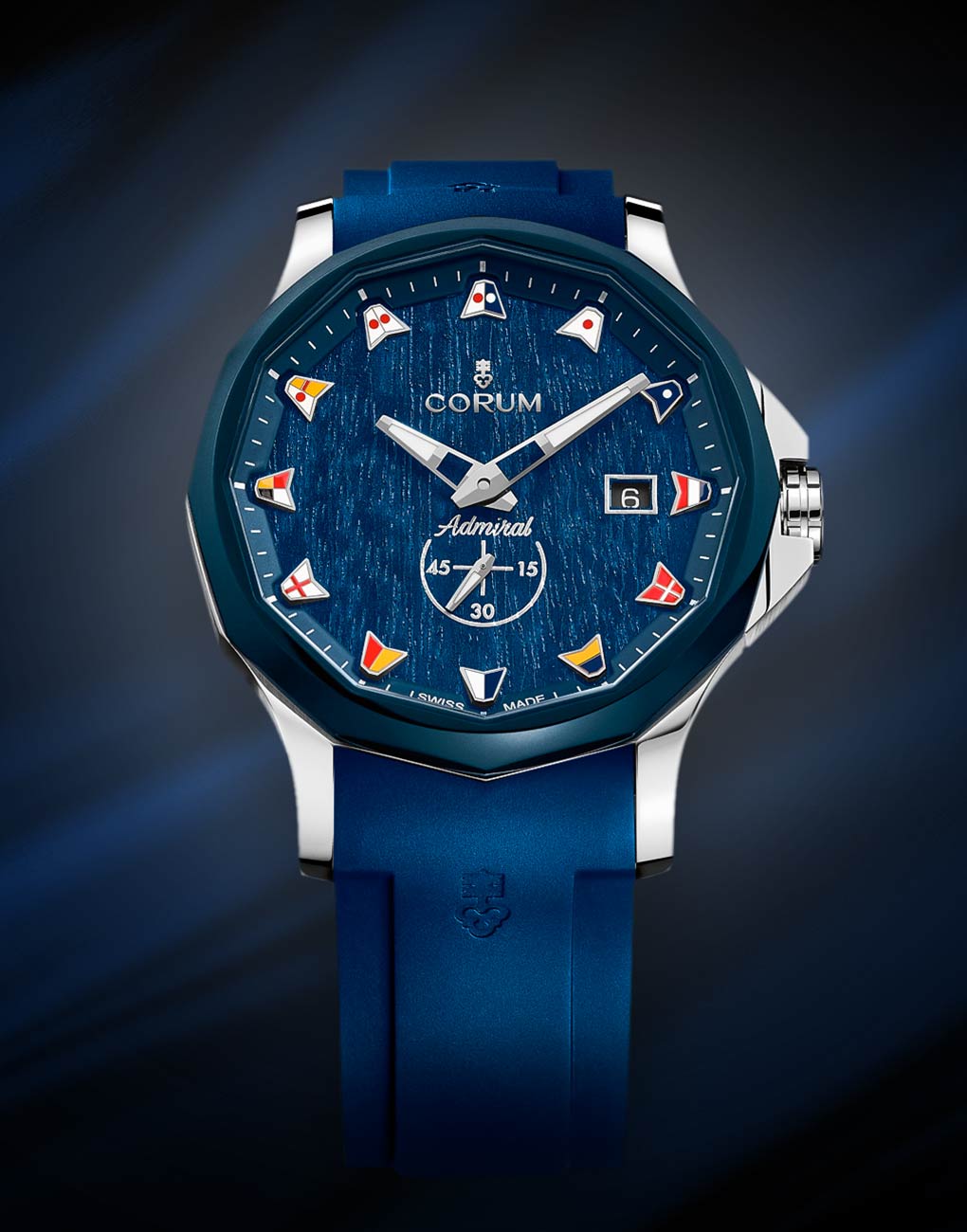
So, it comes as no surprise that the apparel that was once reserved for wearing to the gym or while running errands has now become the staple wardrobe. After all, it’s easier to slip into that comfortable gear, go on about your day and finally call it a night—without having to bother ‘dressing up’. It’s almost an organic transition where athleisure has made its way into our lives, without even trying! This is not to say that it’s a relatively new phenomenon as the term was officially inducted into the Merriam-Webster dictionary in 2016, which defines it as: ‘casual clothing designed to be worn both for exercising and for general use’. This becomes slightly ambiguous, but then again, fashion brands have not assigned a particular look to define this term. Moreover, today it has transcended fashion and trickled into the watchmaking world as well. Yes, one may be baffled as to how this style that seems restricted mainly to clothing brands has also caught on to haute horlogerie. But the reality is that trend forecasting runs across all spectrums whether its apparel or accessories—and watches form an integral part of that domain. The focus now has shifted to wearability, exceptional design that is in sync with contemporary trends, and also appear more ‘cool’ and suited to an everyday lifestyle, as opposed to crafted for specific and demanding activities such as diving, motorsports or aviation.
This was evident in the new launches during the 2021 digital editions of LVMH Watch Week earlier in January and the Watches and Wonders fair, held two months later. Bulgari introduced a monochrome version of its Octo Finissiomo S—a stainless-steel design featuring the thinnest automatic movement, launched last year. While the Octo line has placed itself comfortably in the realm of contemporary luxury sports watches, this particular model focuses more on the design aspect and comfort on the wrist, as the new 40mm stainless steel version features a satin-polished case with a new silver vertical-brushed, uncluttered dial—that looks striking against the radial brushed bezel. It’s simple, user-friendly and highly versatile, and that’s what makes it perfect for a casual or formal outing, or apt for a day when you want to simply lounge around the house, even while you wrap up those chores.
Moser & Cie.’s idea behind the new Pioneer Centre Seconds Mega Cool watch, with its deep, turquoise dial with a matching fabric strap in the same hue, is simple. The brand hopes that one day we will all be able to get back to a ‘normal’ life and celebrate the joyous moments with people. Moser chose a Pioneer Centre Seconds timepiece and enthused freshness into it. And it seems the right fit since the Pioneer watches are known for their dress-watch-meets-sports-watch aesthetic, which is to say that while innovation in technology is at the core, the watch doesn’t compromise on the design aspect even for a bit. Then there is Corum with its new Admiral Automatic range—in 42mm and 38mm versions. This yachting-inspired icon is now sleeker with a design to suit a more contemporary generation, and is far from being just a timepiece meant for sailing anymore. The signature nautical pennants have been reduced in size to offer more symmetry in terms of design on the dial, giving it a more youthful appeal. The Oris Divers Sixty-Five Bronze Cotton Candy is another timepiece that fits this category, and is built on the concept of a diver’s watch—the brand’s forte—but with a more lifestyle-oriented approach. Available in three dial options—pastel blue, green and pink—that stand out against the bronze case and bracelet, this watch is perfect for people looking for fashion-forward pieces, without compromising on the durability and reliability of a dive watch.
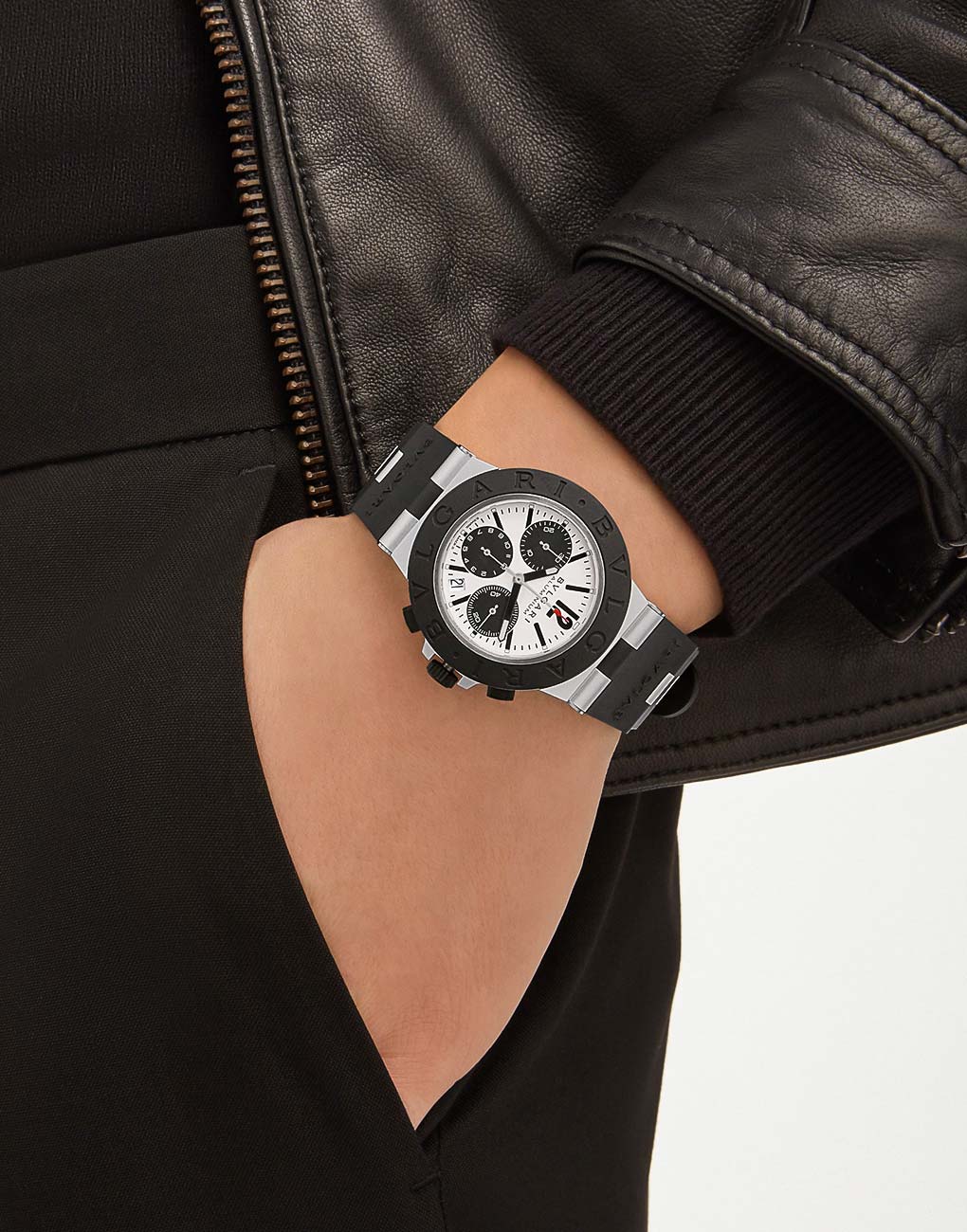
Athleisure: Here To Stay
The word ‘athleisure’ is a portmanteau of athletic and leisure, which may seem like a paradox to begin with. How can one be athletic and relaxed at the same time, right? A better explanation would be clothing that’s designed for workouts and other athletic activities, but not limited to being worn at the gym or while exercising. Among the earliest trendsetters, one could include Mel C or Sporty Spice from the famed British pop band Spice Girls, whose sporty-chic avatar was quite the rage among teen girls. Or singer Gwen Stefani for that matter, who rocked that athletic look like no other. And of course, one can’t forget rappers like Snoop Dogg, Missy Elliott, Eminem or the legendary Tupac Shakur for nailing this trend at a time when the term athleisure wasn’t even coined. And just like fashion apparel, watches, too, have witnessed an evolution in terms of design and have gradually shifted gears towards adopting a more lifestyle-oriented approach for their products. They are now offering a mix of both technology and style, often translating to successful celebrity partnerships or tie-ups with designers, sporting teams, artists and public figures.
The Origin Of Tool Watches: Highlights From A Bygone Era
Wrist watches were originally never meant to grace men’s wrists but it was war that changed this notion. In an era where pocket watches were the standard norm, it was absurd for men, to be flaunting a wristwatch, which was generally for women, who had to be content with a timepiece attached to either a sautoir or a bracelet. But as the world started engaging in numerous wars, soldiers found it increasingly difficult to function with bulky pocketwatches strapped onto their wrists or thighs, especially in case of fighter pilots. And then the revolution began around the late 19th century, when high-end luxury brands started producing wristwatches for armed forces, which led to the soaring popularity of ‘oversized’ or big pilot watches, distinguished by their generous 55mm cases, large onion-shaped crowns and a triangle marker at 12 o’clock.
In fact these watches touched the zenith of popularity during World War II, when fighter planes played a crucial role in determining the outcome of war. But once the war was over in 1945, people realised the need for smaller timepieces, especially ones which did not weigh them down while carrying on their day-to-day activities.
This is when a revolution in the mechanical watchmaking space occurred with brands churning out purpose-oriented tool watches. Between 1940 and 1945, Omega delivered more than 1,10,000 timepieces to the British Ministry of Defence (MoD), which were highly valued for their water resistance and reliability in combat. A demand for a peacetime application of this robust technology led to the creation of the Seamaster in 1948—now their iconic line of dive timers. In 1953, Blancpain released Fifty Fathoms—the first diver’s watch catering to professionals, and soon thereafter to people for recreational use. It stood out for its practical features such as broad luminescent hour markers and hands, contrasting with a black dial and unidirectional rotating bezel, on a steel case with a soft iron inner cage—which made it a highly useful tool watch.
Known for supplying timekeeping instruments to the Royal Italian Navy, Florence-based watch manufacturer, Panerai patented the name ‘Luminor’ in 1949. This was for all the luminescent but radioactive substances used by the brand for their watches, which helped in superior underwater legibility. The brand decided to adopt a more neutral name and thus Luminor saw the light of day. However, decades later the company replaced it with a new luminescent tritium-based substance (a hydrogen isotope), with very low and harmless emissions. Since then, the Luminor line has stood as one of the pillars of the brand noted for their robust diver’s watches, characterised by the crown-protection bridge. Today, this collection includes the Luminor Due series introduced in 2016, which is a reinterpretation of this bulky military-grade timepiece of the 50s. Its case is about 40 percent slimmer when compared to the original, and was conceived as an everyday sport-lifestyle watch for people who love the Luminor’s aesthetics offered in a user-friendly, versatile timekeeper.
Then there were strides in aviation as well. Equipped with a rotating slide-rule bezel to offer numerous inflight calculations, the Breitling Navitimer soared in popularity, right after its launch in 1952. The watch was distinguished by a black dial, and earned the reputation of being the first ‘flight computer’ watch. It struck the right chord between design and functionality and was way ahead of its time, back then. However, the brand’s relationship with aviation was established in the 1930s when Breitling was in the business of making cockpit clocks for airplanes.
The Metamorphosis: From Tool Watches To Lifestyle Timepieces
While most of the leading watch brands started out with tool watches or instruments for professionals and gruelling activities, they gradually realised the need for inclusion and this came in the form of the ‘quartz crisis’ of the 1970s that jolted them out of their comfort zone, while letting go of complacency. Brands realised the need to regroup while also becoming more accessible to a larger audience if they wanted to remain in business. While most embraced the quartz technology, there were some that swam against the tide. One company in particular refused to succumb to the lure of manufacturing cheap, battery-operated watches, and in 1972, launched the most expensive watch at a whopping CHF 3,750 (which converts to approximately INR 3,05,000 today), and, that too, in steel. With its edgy octagonal bezel secured by eight hexagonal gold screws and an integrated bracelet, the Royal Oak was disruptive, audacious and bold—as intended by Audemars Piguet, and redefined horological codes thus laying the foundation of luxury sports watches in steel.
This milestone was a marked shift from practical, staid, tool watches to more contemporary and edgy luxury watches that excelled in the design department as well. And three years later, Girard-Perregaux launched its own version of a quartz sports watch in steel—the Laureato, which has now become the brand’s highest-selling collection. This watch is distinct for its sporty-chic aesthetic that combines design and innovation, while staying highly versatile—perfect to wear all day long.

However, in recent times even these sports watches have been pared-down to offer basic functions while remaining high on the luxury lifestyle aspect, thereby maintaining the aspirational factor. Even brands like Breitling, which have been producing professional tools or chronographs for men, are now targeting this lifestyle-sports watch segment, with new interpretations of their collections, such as last year’s Navitimer for women. While the basics remain intact—a reliable mechanical movement, and the signature ‘beaded’ bezel, the chronograph function has been done away with, and the 35mm automatic version features a clean three-hand dial with a red-tipped seconds hand—inspired by the original Navitimer watch. In fact, their recent Superocean Heritage ’57 Pastel Paradise is another new entrant in the athleisure space—with its fashionable and flamboyant range of watches—that was originally introduced as a diver’s watch back in the 1950s.

Even Rado has teamed up with French-Austrian designer, Marina Hoermanseder to release a more feminine rendition of the legendary Captain Cook timepiece. Launched in 1962, the watch was named after British navigator and explorer, James Cook—known for sailing and mapping much of the South Pacific. This was a proper dive timer offering a water resistance of 200m. However, the new version is a far cry from a typical diver’s watch, even though it is inspired by one. It stands out for the colour scheme, the use of ceramic, steel, and rose gold PVD, and a double-tour strap that makes it rank high on the style quotient.
Adaptations: The Sky’s The Limit
While there are no rules set in stone, a typical athleisure timepiece stands out for its vibrancy, shape, and innovation in terms of materials such as carbon, titanium, ceramic, sapphire, but stainless steel still remains the top choice. The Bulgari Bulgari watch is a fine example since this collection is known for combining traditional craftsmanship and the latest technology, with the use of precious metals or materials such as titanium and aluminium. This watch combines the sporty features of a typical Diagono model along with the classic codes of a Bulgari Bulgari watch, with the signature double-engraved bezel. Some brands have also jumped on the bronze bandwagon such as Zenith with their Pilot Type 20 Extra Special Adventure watch—inspired by the brand’s earliest aviation instruments, or Baume & Mercier’s Clifton Club—designed with the sole purpose of being suited to all occasions, and built for adventure, exuding a sporty-chic vibe.
Another important aspect is that these watches are generally sleek and not too big on case measurement. This is to maintain an optimum fit and comfort on the wrist, and that’s why the usual size range is between 38mm and 45mm. For instance, the Maurice Lacroix Aikon Quartz Chronograph, in an eye-catching red, checks all the boxes as it’s the right size, is perfect for daily use or light workout activity, and even has a chronograph mechanism—probably the most complex function found in an athleisure timepiece, while some might provide a tachymeter scale or a rotating bezel.
Then there are variations in straps with brands experimenting with NATO, textile, canvas and even denim to give their timepieces an edge. The Ulysse Nardin Marine Torpilleur Military timepiece has been upgraded to make it more versatile using a black DLC stainless steel case that’s presented on a khaki canvas strap. Another military-aviation-inspired timepiece is the Graham Chronofighter that stands out for its distinct trigger system. These vintage editions here are far removed from their bulky predecessors, and feature denim straps, suited to a younger clientele.
There’s also the Jaeger-LeCoultre Polaris—a collection that’s inherently sporty in nature. After all, it is inspired by the 1968 Memovox Polaris diving watch. The new versions, however, boast a more design-oriented approach that makes this tool watch highly versatile and suitable for daily wear. And while talking of inspiration from sports, how can one forget the world of motorsports? While TAG Heuer is known for its reliable chronographs used for timing car rallies, its popular Carrera collection seeks inspiration from the stories behind the prestigious but highly dangerous Carrera Panamericana race held between 1950 and 1954. While the older models have boasted generous dimensions, replete with complications, the recent Carrera models gravitate largely towards the lifestyle spectrum with the use of mother-of-pearl dials, funky colours and vibrant leather straps.
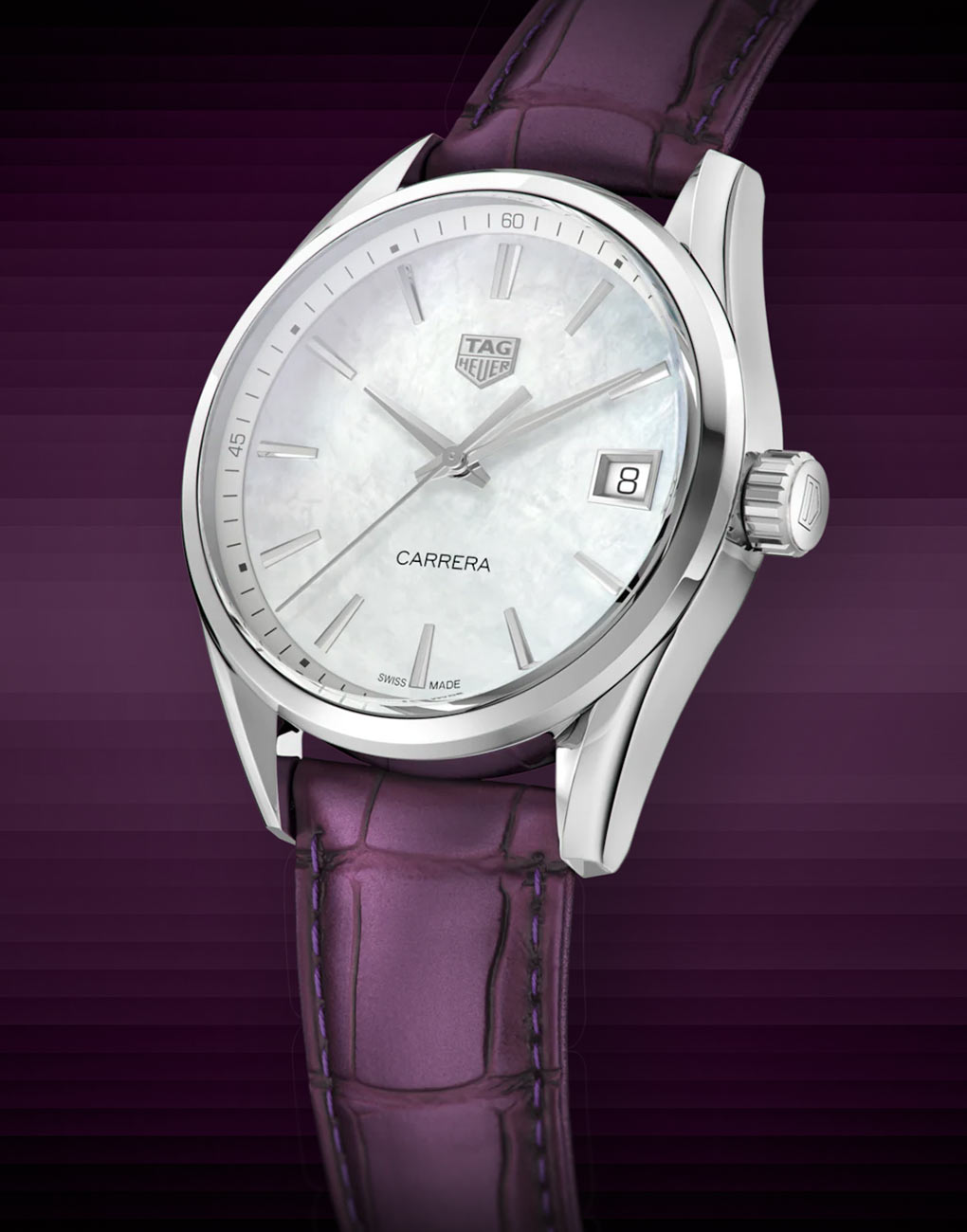
Looking at all the parameters, it’s safe to say that watchmaking brands are focusing on providing customers with timepieces that can be part of their daily lifestyles. It’s not so much about being purpose-oriented than it’s about being an ideal wrist partner that’s high on innovation and style—yet keeping it simple. After all, in the current scenario, it’s not every day that one heads out diving or hitting that race track.



